The Enigmatic Mystery of The Dancing Plague of 1518
The Dancing Plague of 1518 remains one of the most perplexing episodes in European history, captivating the imagination of scholars and curious minds alike. In the summer of that fateful year, residents of Strasbourg, then part of the Holy Roman Empire, were inexplicably compelled to dance. What started as a singular frantic movement quickly spiraled into a community-wide phenomenon, drawing dozens, and eventually hundreds, into a bizarre and uncontrollable rhythm.
As the sun set and shadows stretched across the ancient cobblestone streets, the sight of townsfolk dancing against the backdrop of medieval buildings created a haunting spectacle. The mysterious nature of this phenomenon begs several questions: What caused the inhabitants of Strasbourg to dance? Was it a case of mass hysteria, a response to stress and adversity, or was something more sinister at play?
The Context of 1518
The historical context of the Dancing Plague is essential to understanding its enigmatic nature. Europe in the 16th century was rife with social and economic upheaval. Crop failures, disease outbreaks, and superstition dominated everyday life. It was amidst this backdrop that the plague erupted, leading to various theories regarding its causes:
- Psychological Stress: Many believe the challenges faced by the locals, including famine and the recent loss of loved ones, could have manifested into a collective psychological reaction, prompting people to dance uncontrollably.
- Social Pressure: Others suggest that the intense pressure of conformity and communal identity led individuals to join in, afraid to stand out in a moment of shared madness.
- Ergot Poisoning: Some propose that the consumption of bread made from rye infected with ergot, a hallucinogenic mold, may have triggered hallucinations and frenzied behavior amongst the townspeople.
Yet, the reality of the dancing plague remains shrouded in ambiguity. While there have been numerous theories proposed, the lack of definitive evidence has only deepened the mystery. Why did the spectacle fade away as quickly as it emerged? And why has it continued to resonate through the centuries?
The haunting images of shadowy figures dancing along the narrow, dimly lit streets of Strasbourg serve as a ghostly reminder of this historical enigma. As we unravel this early modern puzzle, we cannot help but marvel at how the Dancing Plague of 1518 persists in capturing our collective imagination, leaving us with lingering questions about human behavior, societal stress, and the power of collective experience.
For those interested in exploring further, you can check out sources that delve deeper into this bizarre phenomenon, such as History.com and Encyclopaedia Britannica.
Strasbourg’s Grievous Dance: Origins of The Dancing Plague
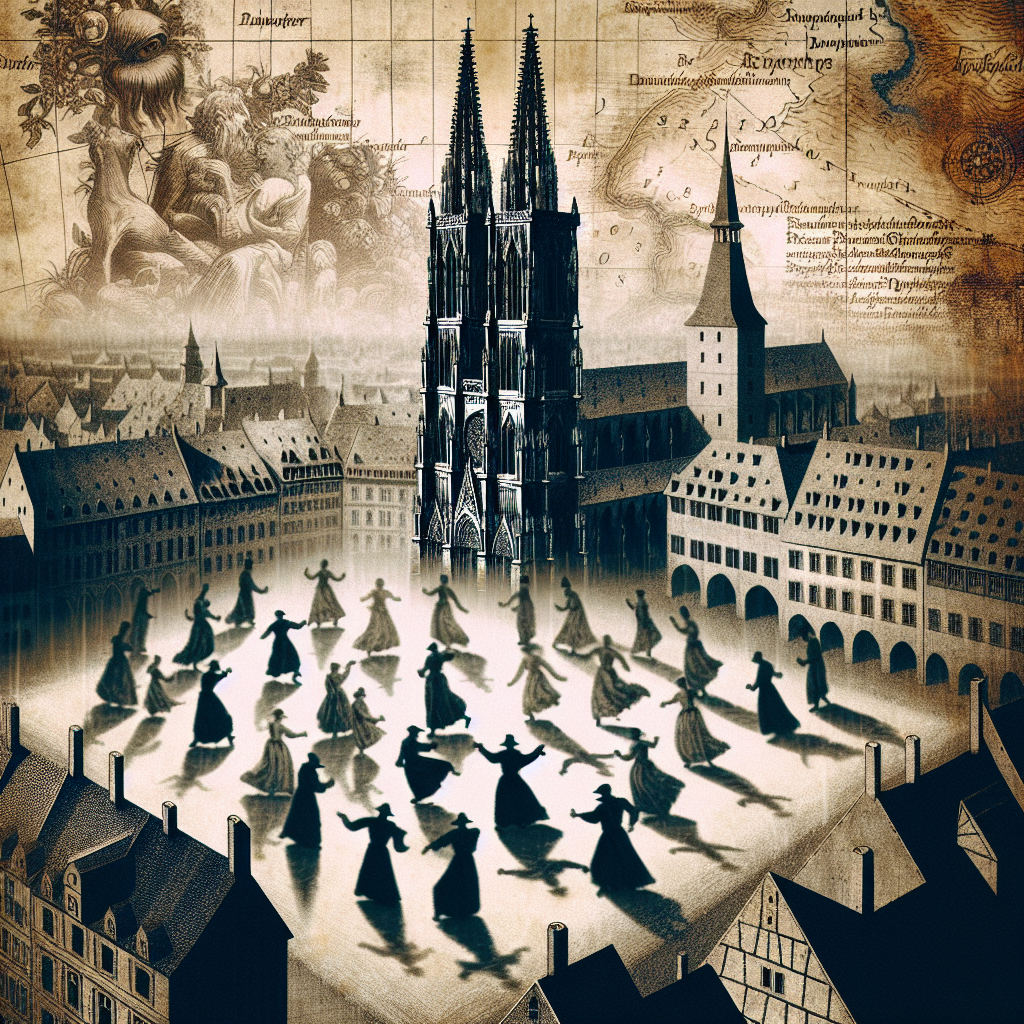
In the summer of 1518, the streets of Strasbourg, a city in the Holy Roman Empire (now part of France), became the stage for a mysterious and chilling phenomenon known as the Dancing Plague. This extraordinary event began when a woman, known as Frau Troffea, stepped into the streets and started to dance uncontrollably. Within days, others joined her, transforming a singular act of strange behavior into a mass hysteria that would haunt the town.
The origins of The Dancing Plague can be traced back to the social and environmental conditions of 16th-century Europe. Following years of famine, disease, and socio-political strife, the residents of Strasbourg faced immense stress and anxiety. Scholars speculate that these compounded pressures may have contributed to the public’s unusual response—dancing uncontrollably, as a form of coping mechanism.
As the dancers twirled and spun to an unseen melody, the local government responded to this bewildering occurrence with a mixture of alarm and disbelief. Authorities believed that the only remedy was to encourage more dancing. This misguided solution led to even more people joining the fray, escalating what began as a singular event into a larger crisis.
Notably, the phenomenon of dancing in times of distress is not an anomaly limited to Strasbourg. Throughout history, there have been accounts of similar occurrences, often manifesting during times of mass trauma. The roots of the 1518 plague can be likened to earlier incidents, such as the St. Vitus Dance, which plagued areas of Europe centuries before, suggesting a historical pattern of dance as a response to collective suffering.
Further complicating the origins of The Dancing Plague are theories that propose the influence of ergot poisoning, a condition caused by the consumption of moldy rye, which can produce hallucinations and convulsive symptoms. This line of thought, while debated, invites an intriguing exploration into how environmental factors could have compounded the invoked stress within the populace.
Understanding the origins of The Dancing Plague offers a glimpse into not only the historical context of Strasbourg in 1518 but also into the psychological and societal dynamics at play. This enigma serves as a chilling reminder of how collective human experience can spiral into chaos under extreme pressures, marking the beginning of an event that would taunt historians and psychologists for centuries to come.
For more insights into the historical context surrounding The Dancing Plague, you can explore History.com’s overview on relevant events during this tumultuous period.
Unraveling the Murky Causes of The Dancing Plague
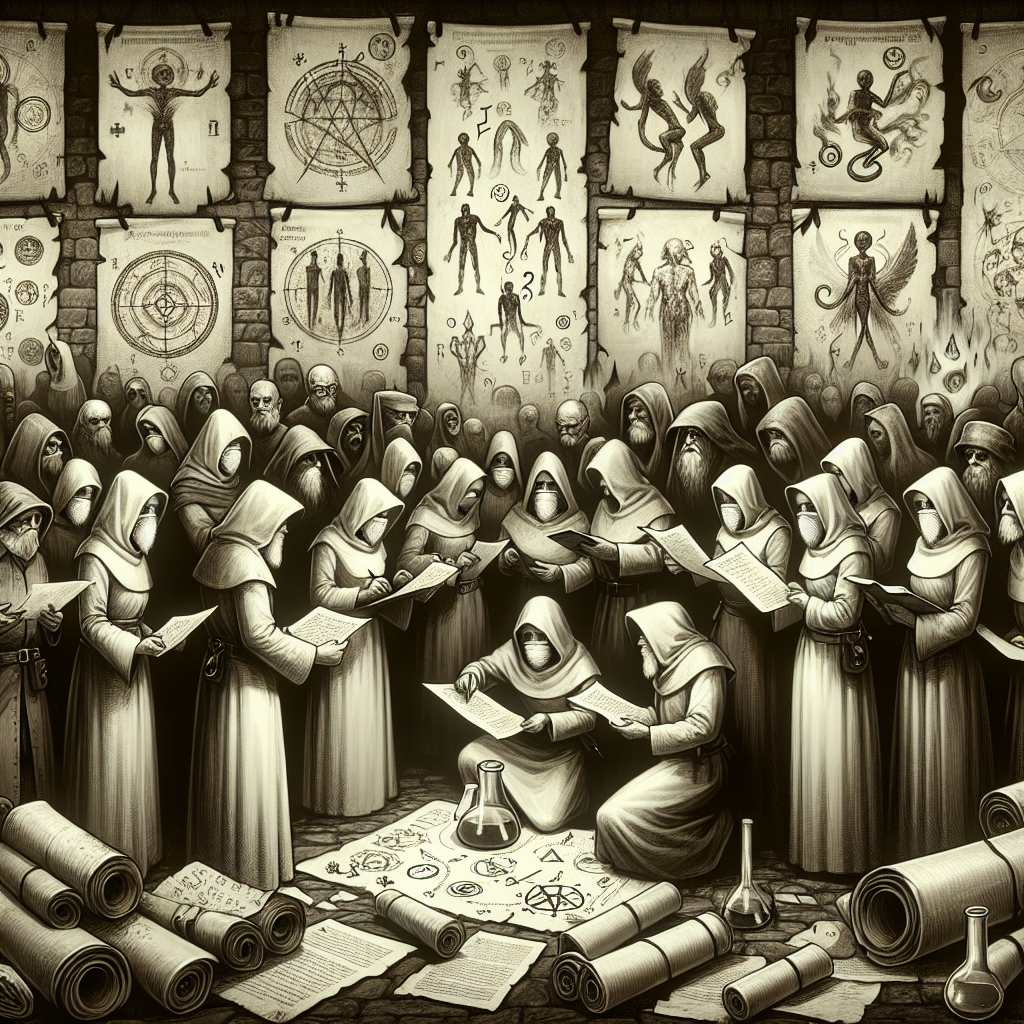
The Dancing Plague of 1518 has baffled historians, doctors, and scholars for centuries, leaving behind a tapestry of theories that attempt to explain this bizarre phenomenon. To fully grasp the eerie specter that gripped Strasbourg, we must delve into the murky causes of the Dancing Plague, which can range from the plausible to the utterly perplexing.
1. Ergot Poisoning
One of the most discussed theories surrounding the Dancing Plague is ergot poisoning. This fungal ailment, caused by the ergot fungus found on damp rye and wheat, can lead to hallucinations, spasms, and extreme agitation. Some researchers argue that the consumption of contaminated bread could have contributed to the widespread mass hysteria witnessed during the plague.
2. Mass Hysteria
The concept of mass hysteria, or mass psychogenic illness, has also been proposed in response to the Dancing Plague. In times of societal stress and hardships—like those experienced in 16th-century Europe—groups of people may involuntarily mimic the behaviors of others. This psychological phenomenon could explain why entire communities were swept up in a fervent dance, losing control without any apparent cause.
3. Psychological Factors
Some experts believe that the dancing outbreak may have been a reaction to intense social and psychological factors, including:
- Trauma: The year 1518 was marked by famine and disease, which could have heightened stress levels among residents of Strasbourg.
- Religious and Cultural Influences: The close-knit communities in medieval Europe were deeply influenced by religious fervor, leading to possible spiritual interpretations of the event.
- Social Dynamics: The influence of shared experiences among townspeople may have perpetuated the frenzy, as dancers motivated each other in a cycle of compulsion.
Despite extensive research and numerous theories, a definitive explanation for the Dancing Plague of 1518 remains elusive. The intertwining factors of ergot poisoning, mass hysteria, and psychological triggers create a captivating puzzle that continues to ignite curiosity.
To explore more about the theories surrounding this enigma, check out reputable sources like the Wikipedia article on the Dancing Plague, which provides a comprehensive overview of historical interpretations and modern theories.
The Haunting Symptoms: What Happened During The Dancing Plague

The Dancing Plague of 1518 was marked by an array of haunting symptoms that bewildered both participants and onlookers. It began in July of that year when a group of people in Strasbourg suddenly succumbed to an uncontrollable urge to dance. What followed was a bizarre spectacle that would leave an indelible mark on the town’s history.
Reports described individuals moving rhythmically yet erratically, often in a state reminiscent of a trance. These dancers, both men and women, were caught in a frenzy that no one could seem to explain. The duration of these episodes varied, with some individuals dancing for days on end, resulting in severe physical consequences, including:
- Exhaustion and dehydration
- Muscle pain and cramping
- Skin Lesions from prolonged movement
- Fainting spells and in extreme cases, even death
As the days progressed, the number of participants swelled. Accounts suggest that up to 400 people may have joined the fray, captivated by the captivatingly horrific scene unfolding before them. Witnesses were left both fascinated and horrified, finding themselves paralyzed by the inexplicable nature of the epidemic. It wasn’t merely the physical toll that haunted those involved; the psychological effects were equally severe, with many dancers displaying symptoms of intense distress and confusion.
With such overwhelming evidence of a widespread phenomenon, it was no surprise that the local authorities, desperate for answers, sought help from physicians and religious leaders. Nonetheless, the prevailing theories at the time leaned towards supernatural explanations, viewing this phenomenon as a curse or punishment from the divine.
In retrospect, the haunting symptoms of the Dancing Plague can be seen as a reflection of societal stressors, possibly exacerbated by the harsh conditions of the era, including famine and disease. The link between the physical and psychological elements of the plague invites ongoing exploration into the nature of mass hysteria and the limits of human endurance. Today, understanding these symptoms provides not just historical context but also insights into human behavior under extreme circumstances.
To delve deeper into the symptoms and experiences of those affected, consider reading this comprehensive overview that explores various theories and interpretations surrounding the Dancing Plague of 1518.
Historical Reactions: How Society Responded to The Dancing Plague
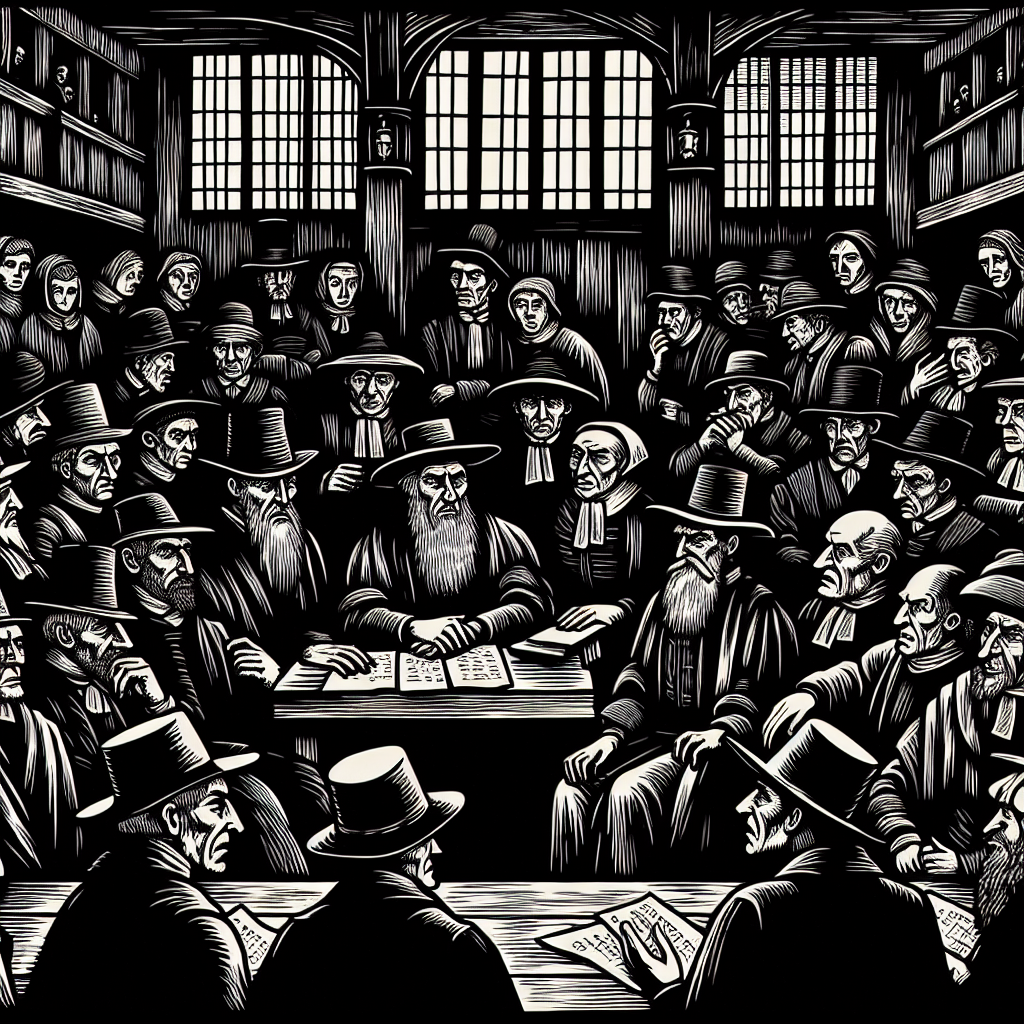
The Dancing Plague of 1518 created chaos and confusion in the city of Strasbourg, as society struggled to comprehend the inexplicable phenomenon. As the frenzy of dancing swept through the streets, local officials and citizens alike were plunged into a state of panic and urgency. The sheer number of people afflicted—reportedly dozens, and some accounts claim that up to 400 individuals succumbed to the strange compulsion—compelled a response from authorities.
In an era where explanations for such bizarre occurrences were often sought through religious or superstitious lenses, many believed the plague was a punishment from God, a manifestation of demonic possession, or even a form of mass hysteria. Town officials convened urgent meetings to address the alarming situation, with discussions that echoed through darkened halls where fear and unease lingered heavily in the air.
Efforts to remedy the plight included invoking the town’s patron saint, Saint Vitus, who was traditionally associated with dancing and ecstatic behavior. A massive stage was erected, and musicians were summoned in an attempt to encourage the afflicted to dance it out, believing that indulgence in the activity would lead to healing. This response, however, resulted in further chaos, as the attendees danced into exhaustion without relief.
Moreover, the medical experts of the time, although limited by their understanding of health and psychological phenomena, engaged in debates and discussions. Some proposed the theory of ergot poisoning, stemming from the consumption of damp rye contaminated with a hallucinogenic mold. Others suggested emotional contagion, where the suffering of a few spiraled into widespread collective behavior. Both explanations reflect the societal context and the limited scientific knowledge of the era.
As can be seen, historical reactions were a tapestry of fear, superstition, and the desperate need for understanding. The absence of a clear explanation stoked the fires of speculation, resulting in the dancing plague becoming a subject of gossip, lore, and, ultimately, a peculiar historical event that punctuated the annals of Strasbourg.
If you’re curious to further delve into the responses to the Dancing Plague of 1518, consider exploring more about Historical Accounts of the Dancing Plague or Encyclopedia Britannica’s Overview.
The Lingering Darkness: Aftermath of The Dancing Plague

In the aftermath of the Dancing Plague of 1518, the vibrant streets of Strasbourg quieted into a haunting silence. The once bustling town was left with an air of desolation as communities began to grapple with the surreal experience of mass hysteria. The profound impact of this bizarre phenomenon left scars that haunted not only the victims and their families but the entire populace for generations.
The immediate aftermath saw a considerable decline in the city’s morale. The streets that had echoed with the chaotic dance of the afflicted were now littered with remnants of life—abandoned shoes, wilted flowers, and a silence that reverberated with loss. Many of the dancers succumbed to exhaustion, illness, or even death, leaving families devastated and the community bewildered.
Psychological and Social Ramifications
The psychological effects on the townsfolk of Strasbourg were profound. Survivors endured not only the physical toll of the dancing but also the mental repercussions of witnessing their neighbors succumb to an uncontrollable urge to dance. This phenomenon triggered widespread social anxiety, leading to suspicion among community members. Rumors spread, and people began to question the sanity of their relatives and friends, leading to an atmosphere of distrust.
Religious and Cultural Ramifications
The plague also had religious implications. Many townspeople believed that the event was punishment from higher powers for sins committed. As a result, a wave of religious fervor swept through Strasbourg, with communal prayers and processions aimed at appeasing what they saw as divine wrath. The aftermath saw churches filled with penitents seeking redemption, and the event became a part of the town’s collective consciousness.
Long-Term Historical Impact
The Dancing Plague’s unsettling legacy persisted through the ages. It became immortalized in folklore and history, giving rise to numerous interpretations that range from the arts to modern psychology. While time has sanitized some of the horror, the primary inquiry remains—what caused such a collective episode of hysteria? By analyzing the aftermath, historians and psychologists have sought to unravel the mystery, leading to modern discussions around mass psychogenic illness and the socio-cultural contexts of fear and trauma.
As we look back at this dark chapter in Strasbourg’s history, the aftermath of the Dancing Plague of 1518 serves as a reminder of the fragile intersection between human psyche and societal pressures. The scars left behind by such events continue to provoke fascination and unease, ensuring that the haunting legacy of the Dancing Plague remains alive in collective memory.
For further insights into the socio-cultural implications of the Dancing Plague, check out History.com.
Modern Interpretations: Theories Surrounding The Dancing Plague of 1518
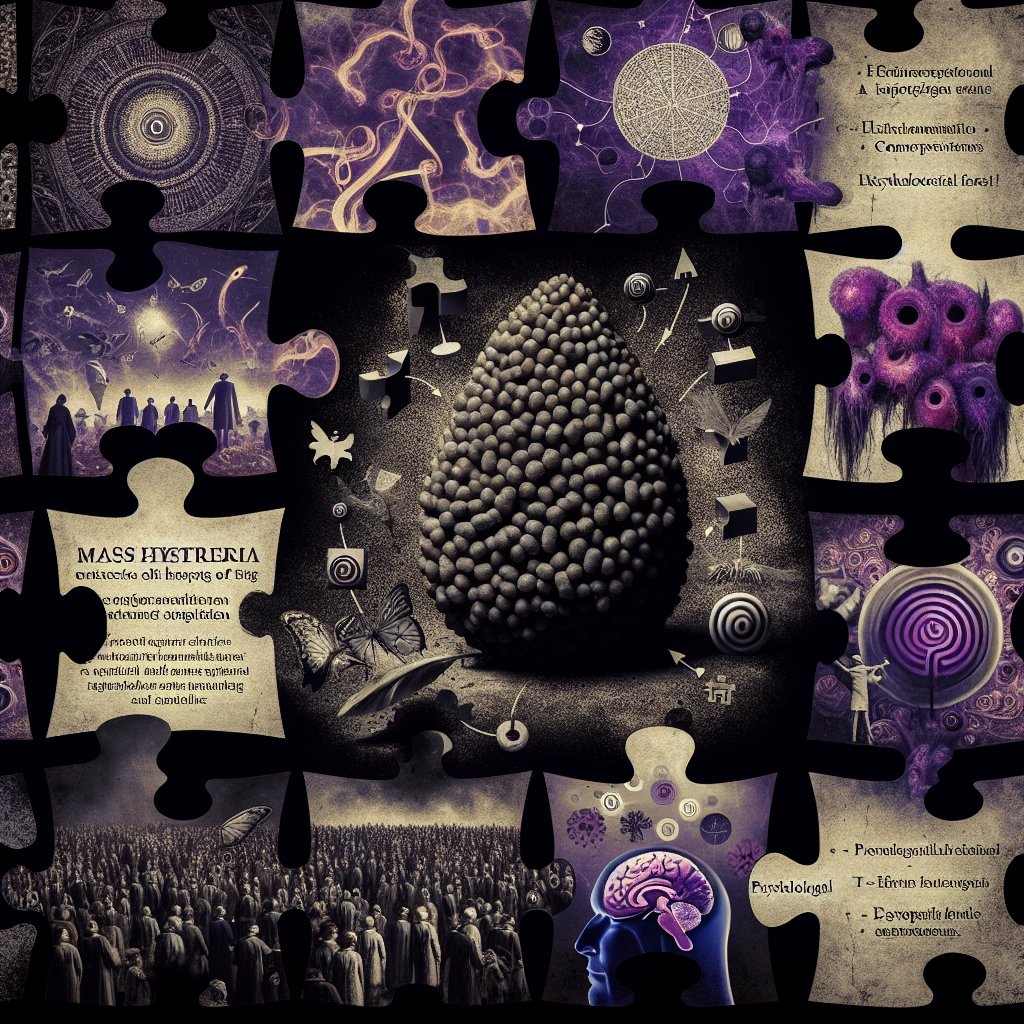
The mysterious and alarming events of the Dancing Plague of 1518 have inspired a myriad of interpretations and theories, each attempting to elucidate why a group of individuals in Strasbourg succumbed to such an inexplicable phenomenon. As scholars and historians sift through the accounts from the past, several prominent theories have emerged that shed light on this eerie episode in history.
1. Ergot Poisoning
One of the most frequently cited explanations for the Dancing Plague is ergot poisoning. This theory suggests that the inhabitants of Strasbourg may have ingested bread made from rye contaminated with ergot, a hallucinogenic mold. The symptoms of ergotism include convulsions and spasmodic movements, which could very well resemble dancing. However, while this theory is compelling, it doesn’t account for the sheer number of dancers involved.
2. Mass Hysteria
Another theory revolves around the concept of mass hysteria or collective obsession. In this scenario, the stress and hardships of the time—such as famine and disease—may have triggered a psychological response leading to a shared mania among the townsfolk. As fear and anxiety spread, individuals began to join in the dance, perpetuating the phenomenon. This theory highlights the powerful influence of social dynamics on behavior.
3. Social and Religious Factors
Some interpretations focus on the social and religious climate of the era. The year 1518 was marked by societal upheavals, and the dancers themselves may have believed they were experiencing divine punishment or seeking redemption through their frantic movements. Thus, the act of dancing could symbolize a desperate plea for salvation or a communal expression of grief. This theory connects the episode to the broader religious fervor of the time.
4. Psychological Factors
A more modern approach incorporates psychological factors, including the impact of trauma and societal pressures. The combination of unyielding stressors may have created a perfect storm for emotional and mental breakdowns, resulting in the haunting episodes witnessed in 1518. This view emphasizes the complexity of human behavior and mental health, suggesting that the dancers might have been processing their trauma through an unconventional medium.
Conclusion
Ultimately, while each of these theories offers rich insights into the potential causes of the Dancing Plague of 1518, no single explanation fully encapsulates the event’s complexity. The interplay of psychological, social, and environmental factors probably contributed to this historical enigma, leaving us with more questions than answers. For a deeper dive into these interpretations, consider visiting History.com for more context on this captivating phenomenon.
The Enduring Allure: Why The Dancing Plague Captivates Us Today
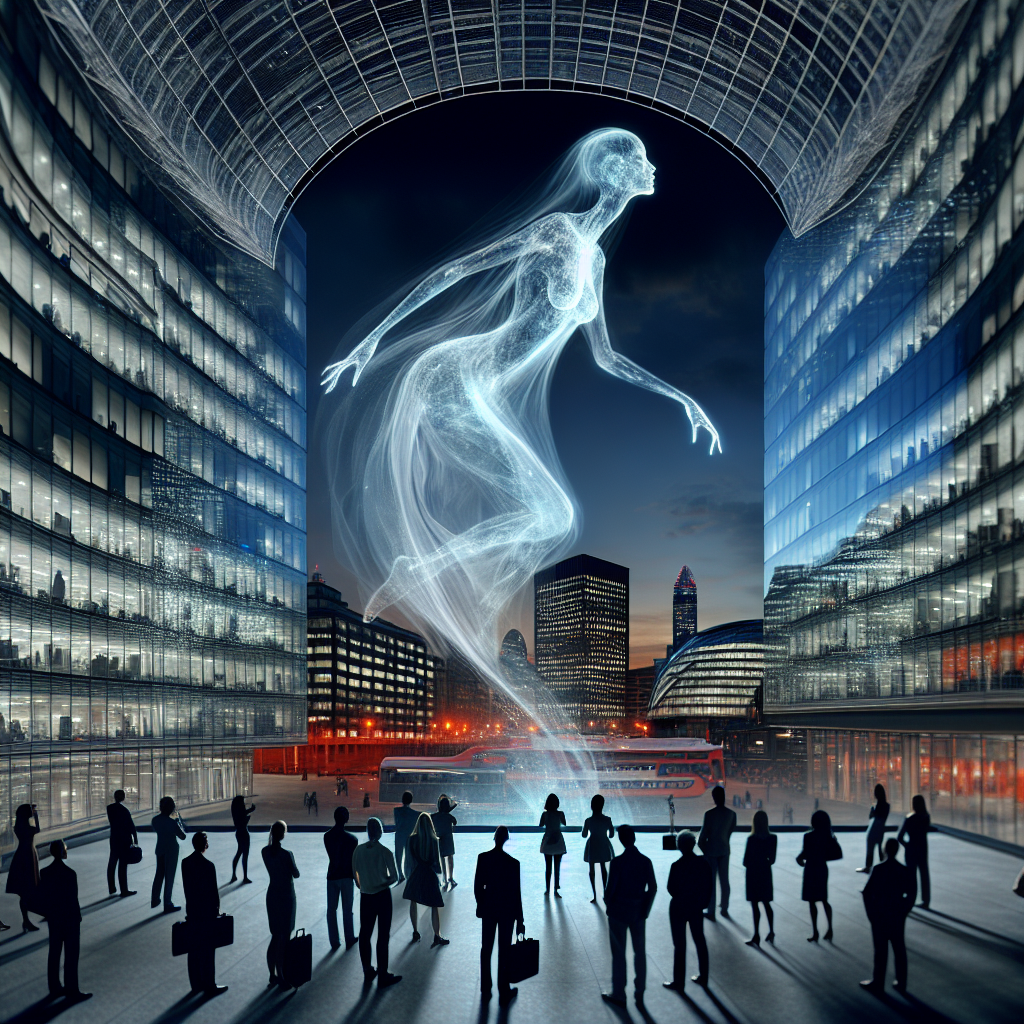
The Dancing Plague of 1518 remains one of history’s most enigmatic events, captivating our imagination centuries later. This peculiar phenomenon, wherein groups of people engaged in uncontrollable dancing, raises numerous questions about human behavior, societal pressures, and psychological conditions. Today, we explore why this historical curiosity continues to intrigue scholars, artists, and the general public alike.
A Symbol of Collective Crisis
The dance epidemic can be seen as a reflection of collective anxiety experienced during tumultuous times. In 16th-century Strasbourg, people faced numerous challenges, including disease, famine, and social unrest. The allure of the Dancing Plague lies in its ability to symbolize the chaos of human emotion when societal structures begin to crumble. It prompts us to consider how collective trauma can manifest in unusual ways.
An Exploration of Psychological Phenomena
Modern interpretations of the Dancing Plague often delve into psychology. Theories such as mass hysteria and psychogenic illness offer compelling insights into the human mind’s capacity for collective action. This mysterious event stands as a reminder of the delicate balance between individual well-being and societal expectations, making it a favored topic in psychological studies.
Artistic Inspiration and Cultural Resonance
Over the centuries, the Dancing Plague has inspired countless artistic representations, from literature to dance performances. Contemporary artists frequently revisit this theme, translating the emotion and spontaneity of the original event into modern expressions. This ongoing reinterpretation keeps the narrative alive, fostering a deeper connection between past and present. The cultural resonance of the Dancing Plague serves to engage a new generation of creatives, ensuring its place in the ongoing dialogue of human experience.
Legacy in Pop Culture
The lingering fascination with the Dancing Plague has also captured the attention of filmmakers, musicians, and social media influencers. Documentaries and fictional adaptations alike explore this strange event, drawing in audiences eager to unravel its mysteries. People are drawn to the drama and horror of the unknown, making the Dancing Plague an enduring topic in pop culture.
Conclusion: A Timeless Enigma
As we navigate the complexities of modern life, the allure of the Dancing Plague remains potent. It reminds us of the tenuous nature of our mental health in the face of societal pressures. By exploring its historical and cultural significance, we continue to invite discussion and contemplation about the enigmatic aspects of human behavior. Each retelling adds layers to the story, ensuring that the Dancing Plague of 1518 captivates us for generations to come.
Conclusion: The Dancing Plague Remains an Unsolved Puzzle
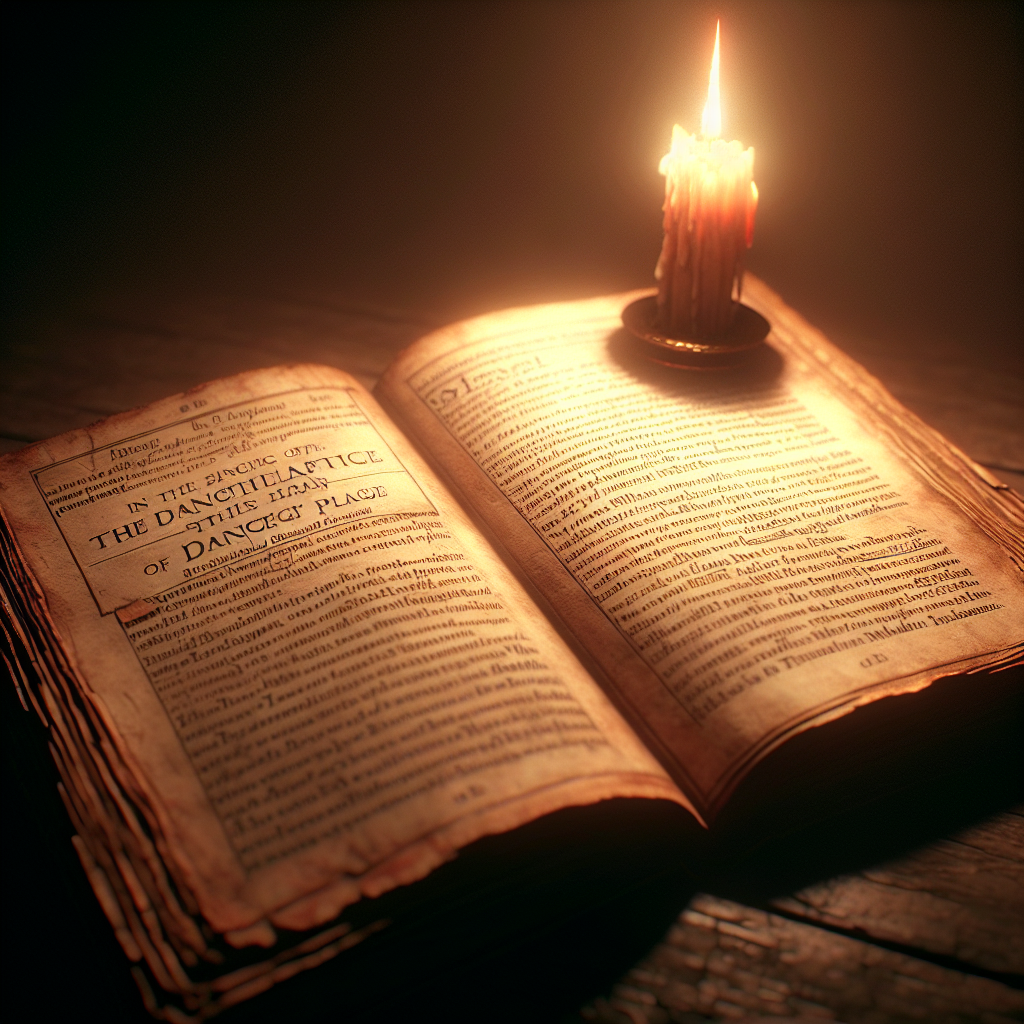
The Dancing Plague of 1518 is one of history’s most peculiar events, leaving behind an enigmatic trail of questions that continue to perplex scholars, historians, and curious minds alike. Despite the wealth of theories surrounding its origins—ranging from ergot poisoning to mass hysteria—no single explanation has emerged to conclusively unravel the mystery. This unresolved nature of the dancing plague captivates us, echoing the haunting allure of the unknown.
What makes the dancing epidemic particularly intriguing is its intersection with human psychology, societal pressures, and the medical understanding of the time. As we delve into the accounts of those who witnessed the frantic movements under the flickering lights of Strasbourg, we find ourselves pondering not only the events of 1518 but the broader implications of collective behavior and societal fears.
This historical enigma prompts us to reflect on our contemporary world. Are there modern parallels to the dancing plague’s phenomena? Could a contemporary crisis evoke similar responses driven by fear and confusion? As we explore these questions, it remains clear that the tale of the Dancing Plague is more than a mere footnote in history; it serves as a reminder of the complex interplay between humanity and the inexplicable.
As you reflect on the story of the Dancing Plague, we invite you to further explore various interpretations and theories, potentially uncovering insights that resonate with today’s society. For those intrigued by historical mysteries and their implications, additional resources can deepen your understanding. Consider reading History’s overview of the Dancing Plague or examining modern psychological theories pertaining to group dynamics.
In conclusion, the dancing plague remains an unsolved puzzle that continues to ignite curiosity and fear, serving as a captivating reminder of our history’s shadows and the mysteries that lie within.

